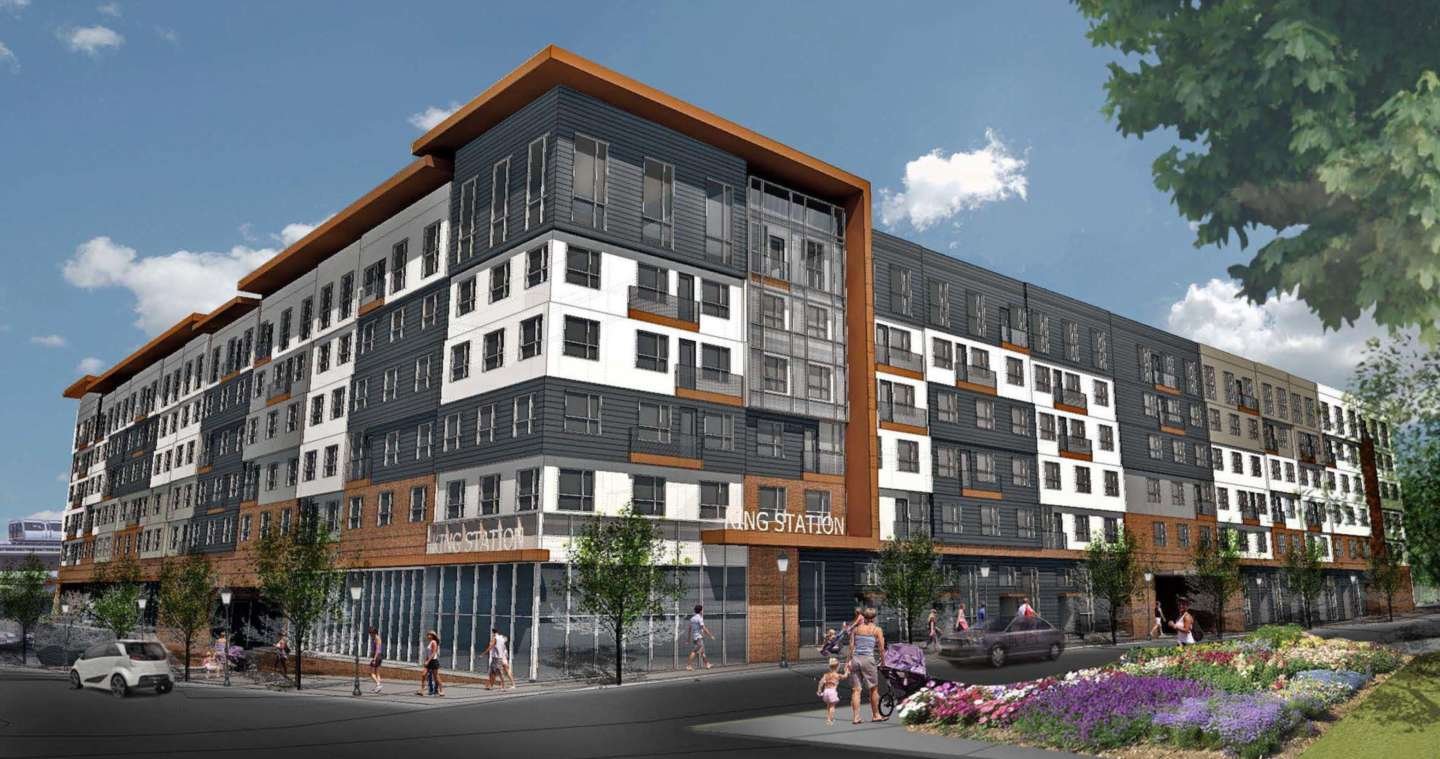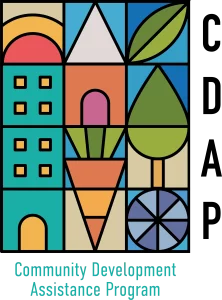What is a Transit-Oriented Development?
A TOD is a pedestrian-friendly, mixed-use community near a transit station that provides relief from automobile-dependent lifestyles for residents and workers, enabling them to drive less and ride transit more. TODs provide people with options so they can choose where to live, work, play and mingle. In the most successful TODs, transit stations integrate seamlessly into the community.
With the Atlanta region’s population expected to grow by 2.5 million by 2040, future growth should be accommodated near existing infrastructure, especially transit stations and stops, to lessen the cost of providing new infrastructure in undeveloped places.
ARC, as a partner in the Transformation Alliance, is working to ensure the necessary infrastructure and land uses to support planned and future TODs at MARTA rail stations throughout Atlanta. The Alliance is also addressing other critical issues like affordable housing in TODs and transit accessibility for more residents.
Benefits of TOD
In a recent study, Factors for Success in California’s Transit-Oriented Development (PDF), commissioned by the California Department of Transportation, 10 potential benefits of TOD were identified:
- TOD can provide mobility choices.
By creating “activity nodes” linked by transit, TOD provides important mobility options for young people, the elderly, people who prefer not to drive, and those who don’t own cars. Places that offer travel options are very much needed in congested metropolitan areas.
- TOD can increase public safety.
TOD development results in active places that are busy through the day and evening. Having such activity and lots of people around provides “eyes on the street” and helps increase safety for pedestrians, transit users, and many others.
- TOD can increase transit ridership.
It is estimated that TOD increases transit use of transit near stations by 20 to 40 percent.
- TOD can reduce rates of vehicle miles traveled (VMT).
While VMT per person in the Atlanta Region is decreasing, it is still higher than the national average. If the Atlanta Region is going to grow by 3 million new people by 2040, it will need to accommodate and move these residents in different ways than in the past.
- TOD can bolster households’ disposable income.
Housing and transportation rank as the first and second largest expenses in households, respectively. TOD can increase disposable income by reducing household driving costs: one estimates shows a household saving $3,000 to 4,000 per year.
- TOD reduces air pollution and energy consumption rates.
Since TODs provide safe and easy pedestrian access to transit, air pollution and energy consumption rates can be lowered. Also, TODs can reduce rates of greenhouse gas emissions by 2.5 to 3.7 tons per year for each household.
- TOD can help conserve resource lands and open space.
Because TOD consumes less land than low-density, auto-oriented growth, it reduces the need to convert farmland and open spaces to development.
- TOD can play a role in economic development.
TOD is increasingly used as a tool to help revitalize aging downtowns and declining urban neighborhoods, and to enhance tax revenues for local jurisdictions.
- TOD can decrease infrastructure costs.
Since TOD features more compact development and often results from infill development, local governments can often reduce by up to 25 percent infrastructure costs of expanding water, sewage and roads to local governments.
- TOD can contribute to more affordable housing.
TOD can add to the supply of affordable housing by providing lower-cost shelter with improved access to public transportation, thereby reducing household transportation expenditures. Housing costs for land and structures can be significantly reduced through these more compact growth patterns.
For additional information about the Transformation Alliance or Transit-Oriented Development, please contact Marisa Ghani.


